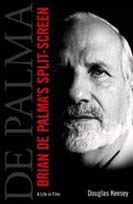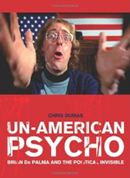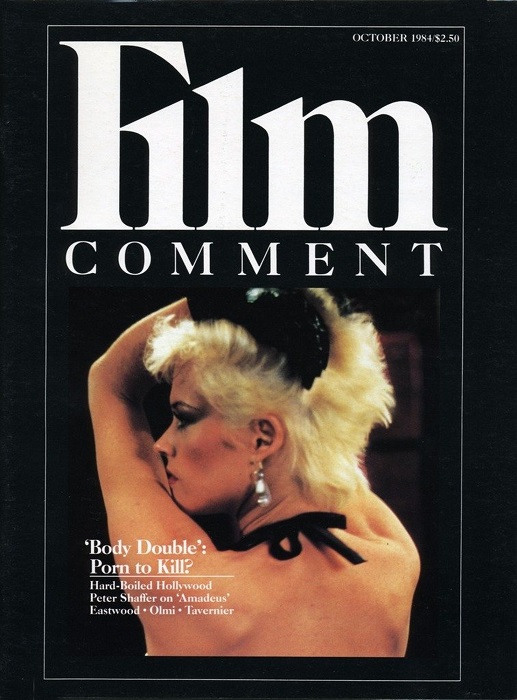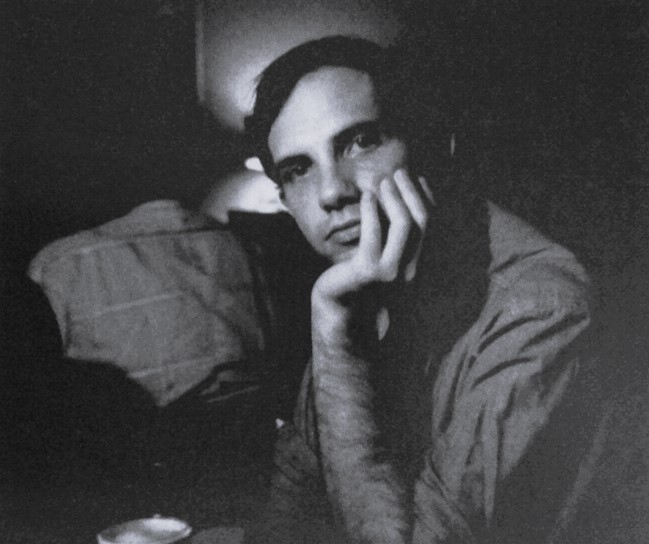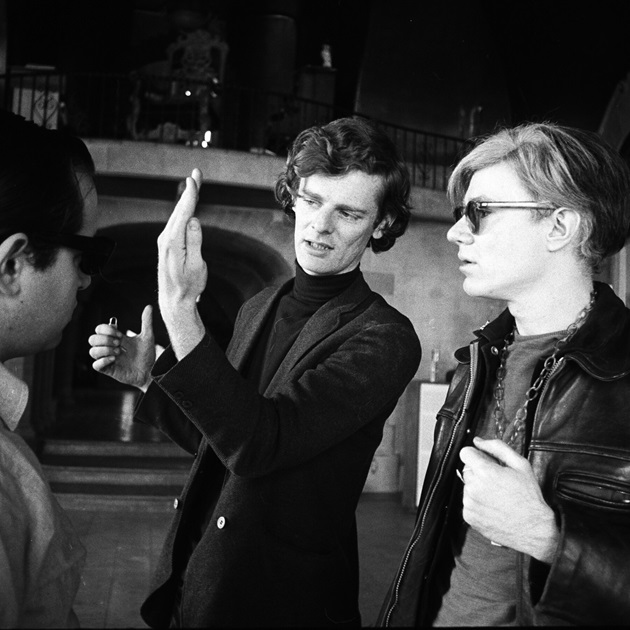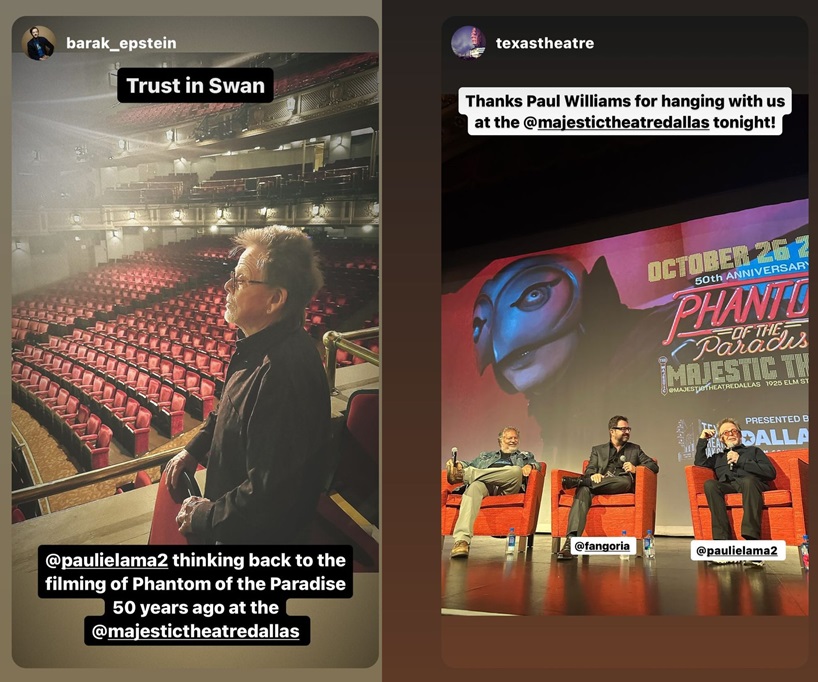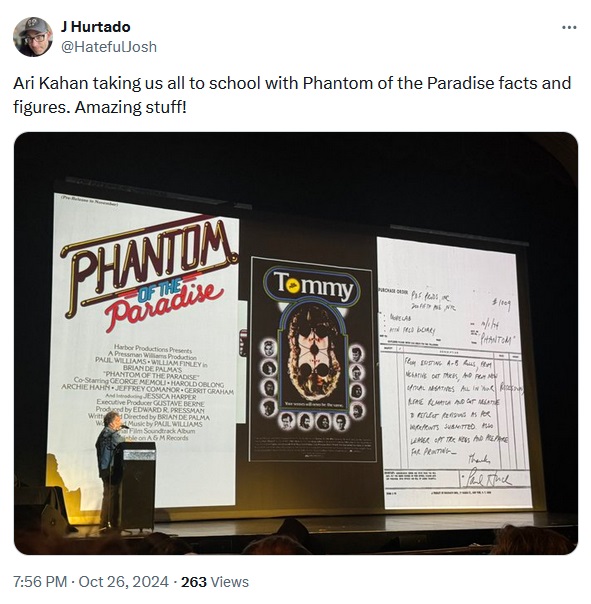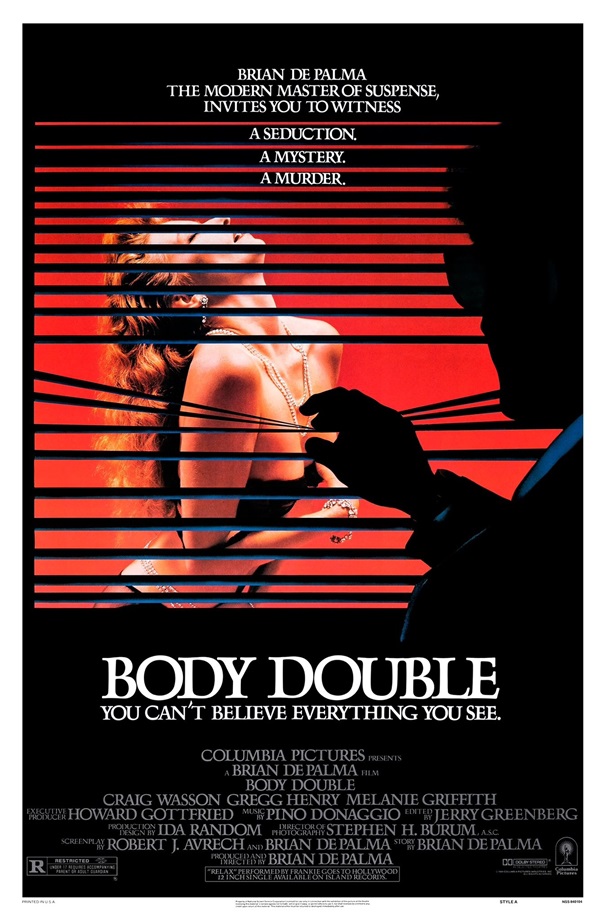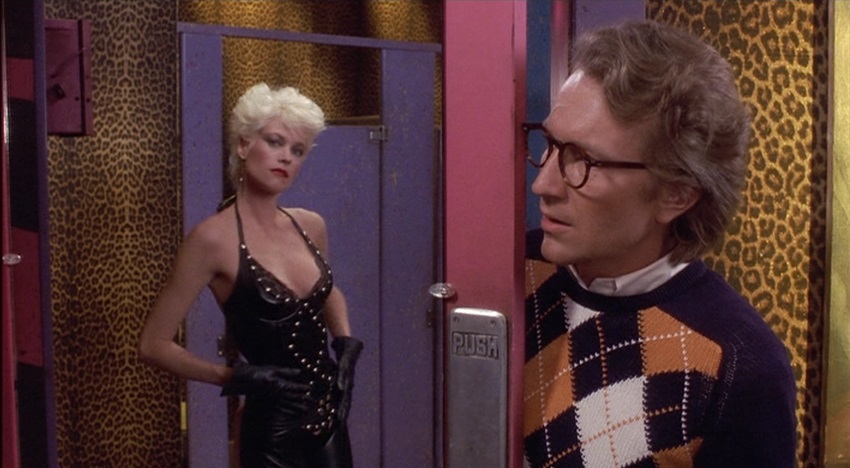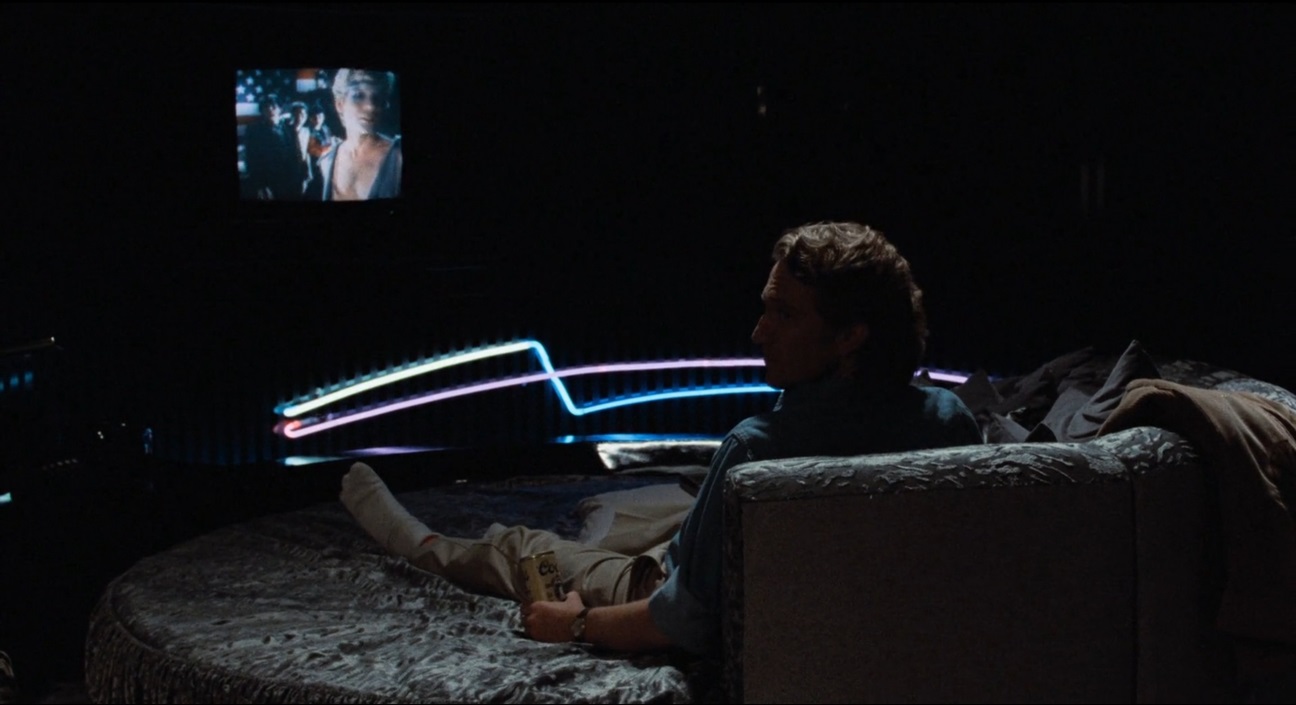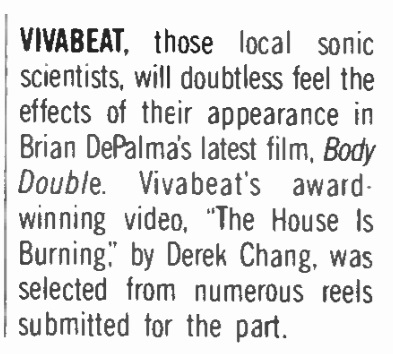AS INSPIRATIONS FOR METAMORPHOSIS FEATURED IN THE SUBSTANCE
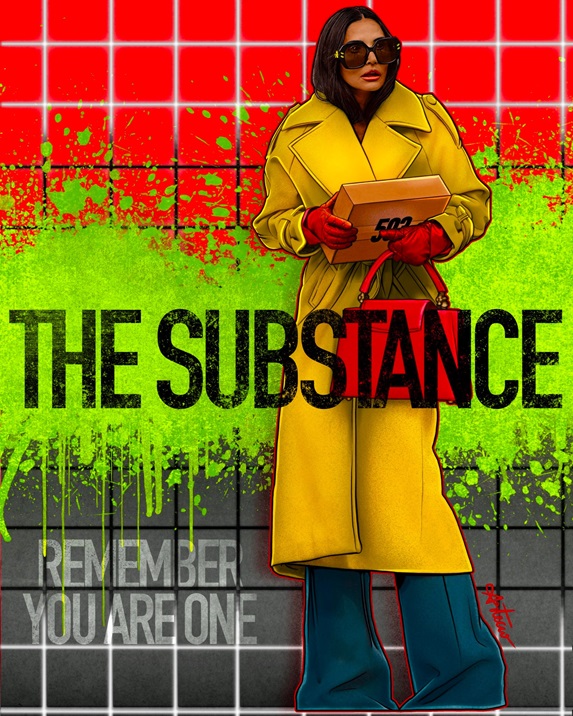
In an interview article posted by Letterboxd's Mia Lee Vicino, Coralie Fargeat talks about some of her inspirations for The Substance, which is now streaming on Mubi:
Fargeat has always gravitated towards a smorgasbord of different genres, including “action, Westerns, horror, body horror, sci-fi, fantasy”. The filmmaker tells me that she adored “everything that allowed me to go outside of reality and be in a world where the rules were different and were a great window to creative, often crazy imaginations. It goes from the first Star Wars trilogy to the movies from [David] Cronenberg, which had a big impact on me.” She also cites Paul Verhoeven’s RoboCop and the surrealism of David Lynch: “They all played specific roles at different ages of my life, building my imagination and my way of envisioning the world.”Growing up in France, Fargeat recalls feeling “quite bored” and that everyday life was “inadequate”; the entertaining adventures and “sense of rebellion” in genre films provoked “strong emotions, whether it was fear, passion, thrill… I was feeling alive.” Dark comedy played a large role in her cinematic coming-of-age as well, particularly the silent satire of Charlie Chaplin. “It’s really two legs that I have with me,” she says. “The more genre, imaginative one, and the more satirical comedy—which is also something that creates strong emotions.”
In The Substance, satire converges with body-horror to metaphorically metamorphosize into its own beast. Fargeat lists Cronenberg’s The Fly as a definite inspiration for the literal metamorphosis featured in her film, as well as the enduring imagery of the blood tsunami pouring out of the elevator in The Shining, and, of course, the climactic prom scene from Carrie. (While the filmmaker admits that she hasn’t yet seen Society, it’s now on her watchlist since so many people have mentioned it after witnessing her penchant for grotesquely organic practical effects).
“All those movies, filmmakers have seen the work of other filmmakers who’ve digested what they’ve seen and what other filmmakers did,” Fargeat says. “I love the fact that there is some kind of common creativity somewhere that each one redigests in its own way, with its own world and its own theme. I truly believe that we are, in the end, the result of what we watch, what we read, what we’re exposed to, and all of this lives with us… We are growing ourselves, feeding ourselves from all those influences, whether they are conscious or unconscious.”
Previously:
De Palma is mentioned in some reviews of The Substance

